11 Hidden Dangers in Your Home and How to Defuse Them (Guide)
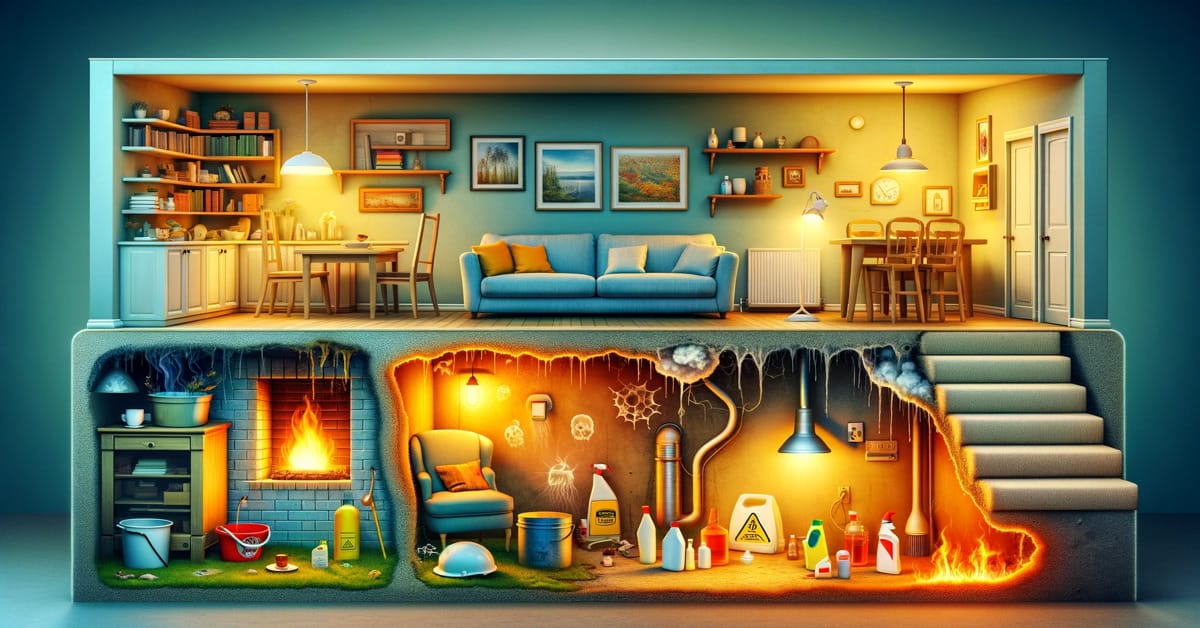
Think your home is your fortress of safety? Think again! Hidden dangers could be sneaking around in the nooks and crannies of your cozy nest.
Here is some list of dangers in your home that you might not be aware of:
🧯 Unseen Carbon Monoxide risks
🔥 Overlooked Fire Hazards
🍄 Sneaky Mold and Mildew
🧼 Hidden Chemicals in your Cleaning Products
🔢 and many more…
In this article, we’ll delve into the less obvious hazards in your home, room by room. We’ll shine a light on these hidden dangers and provide practical tips to make your property safer for the whole family.
1. Carbon Monoxide (CO) Exposure

Picture this – an invisible influence creeping into your home, deadly silent and imperceptible. No, it’s not a scene from a thriller – we’re talking about carbon monoxide (CO), an odorless, colorless gas often dubbed the invisible killer.
This lethal gas is generated when burning wood in fireplaces or fossil fuels in vehicles, cooking, and heating devices. That’s right – the everyday appliances we use in our homes can be the source of potential harm.
Remember that knowledge is power before getting too caught up in the gloom! Understanding the danger at our doorstep is the first step in reducing the risks.
For those of you who, like me, appreciate the raw data, let’s go with some numbers. Each year, more than 400 people die as a result of carbon monoxide poisoning, and 50,000 visit the hospital due to it, as per the Centers for Disease Control and Prevention (CDC).
So what can we do about it? The answer lies in prevention and detection!
Every home should have a carbon monoxide monitor installed wherever a source of natural gas is present. This handy device plugs into an electrical outlet or is installed like a smoke detector, keeping a vigilant watch over your living space.
If there were to be a CO leak, the alarm would sound, giving you the crucial opportunity to escape the premises and seek fresh air before calling 911.
2. Fire Hazards

When we think of dangers lurking at home, we often forget about the potential fire hazards. It’s crucial to acknowledge invisible threats like electrical outlets and heaters.
These may seem innocent, but when items get too close, they can set off a dangerous chain of events, leading to a fire. To minimize those risks, a good starting point is to check local and federal fire safety regulations.
Perhaps one that doesn’t cross your mind often is the lint trap on your dryer. If not cleaned regularly, it quickly becomes a fire starter – always empty it after use. I’ve seen enough dryers in my time to know just how quickly they can accumulate lint.
Not surprisingly, most home fires ignite in the kitchen, but other lesser-known risks include fireplaces, wood stoves, and faulty refrigerators. It’s alarming how a clogged chimney or superheated glass door can quickly escalate into a bigger problem.
As for laundry rooms, it may be hard to believe, but they’re a close second to the kitchen. The National Fire Protection Association found that local fire departments respond to an annual average of 14,000 dryer fires.
3. Mold and Mildew: Unseen Dangers

Believe it or not, our homes can be compared to little petri dishes. Mold, a fungus that resides inside our homes and in nature, multiplies when it finds adequate moisture indoors.
It’s an unseen danger that lurks in the corners of your house, causing several health issues and damage to your home. Though it’s possible to identify mold by its distinctive musty odor, it often goes unnoticed and spreads relentlessly.
Mold can induce allergic reactions, asthma, and other respiratory issues. The susceptibility to these reactions varies from person to person, depending on the amount and type of mold present.
The detection of mold doesn’t always require professional testing. The EPA suggests that if you suspect mold – you likely have it. Remediation of mold can range from simple to elaborate tasks, depending on the size and location of the infestation.
4. Chemicals in Cleaning Products
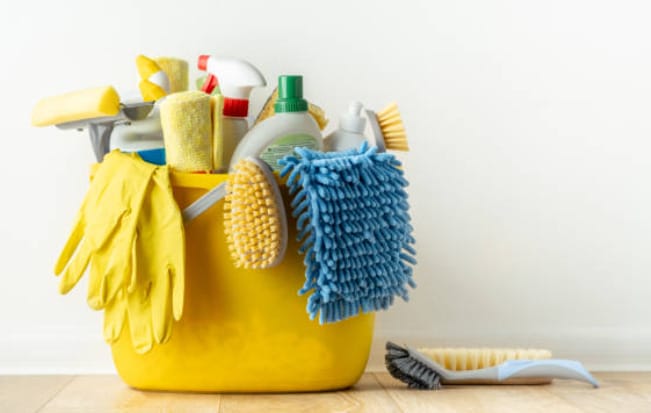
The hair and bathroom products we use daily might not be as safe as we think. A Campaign for Safe Cosmetics study reveals that many popular shampoos and liquid soaps on the market contain harmful substances like formaldehyde, formaldehyde-releasing preservatives, and 1,4-dioxane.
These chemicals pose threats to our health, including organ-system toxicity, skin irritation, and even cancer.
Never underestimate the allure of colorful bottles to little ones. It’s vital to store bathroom products out of reach to prevent unintentional ingestion or exposure.
The new carpet smell might be a sign of the potential off-gassing of these chemicals. It’s crucial to be mindful of such hidden hazards and take necessary precautions such as vacuuming regularly and ensuring good ventilation.
5. Tripping Hazards
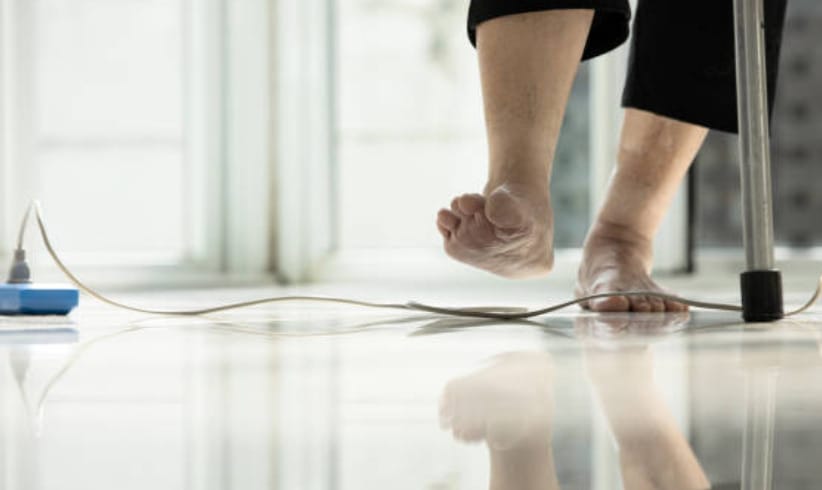
Trips and falls are common in every home. They’re mainly caused by clutter, poor lighting, and slippery surfaces. It’s also proven that tripping is more likely in dimly lit rooms.
I’m not saying to light your home up like a Christmas tree. Just ensure adequate lighting in all corners, particularly around stairways. Getting your home clutter-free is a no-brainer. You don’t want any obstacles to stumble upon, which might send you flying.
According to the RoSPA report, a shocking 60 percent of all deaths at home result from accidents on stairs. So, clear off the mess, install a steady handrail, and stair gates can do the trick if you have kids.
Remember, those who are older, especially aged 65 or above, are more prone to these injuries. Each year, data from the Centers for Disease Control and Prevention shows around 3 million elderly people end up in emergency rooms due to injuries from falls. So, folks, be extra careful out there!
6. Water Safety Hazards

Unbeknownst to many, Water Safety Hazards often lurk in unsuspecting places, right under our noses.
Bathrooms can be prone to dangerous accidents, most notably drowning incidents. In these seemingly safe spaces, it’s paramount to keep a watchful eye on children or pets near tubs and toilets to prevent any tragic incidents.
Many households are conscious of conspicuous dangers such as wet bathroom floors or faulty wiring. Yet, some hazards remain hidden and less apparent. This brings us to the importance of identifying and devising strategies to combat these lurking dangers.
A bathroom’s watery environment, with its unforgiving hard surfaces, demands careful treading. It’s the mix of water and electric current that instigates trouble.
7. Choking Hazards

When we think of hazards in our homes, we often overlook the small things. One home hazard that jumps out at me is magnets.
The ordinary fridge magnets that might be stuck on your refrigerator or other metal surfaces can pose a real risk. They’re quite a sneaky choking hazard for our precious little ones and, let’s not forget, our curious pets.
You’re probably thinking, “But I love my fridge magnets! What can I replace them with?” And you’re right to ask. We can get creative here. There are plenty of options for decorative magnets that are large enough not to be a choking hazard.
Think of larger letters, numbers, or funky shapes. My favorite is large magnetic frames for displaying special cards or your kid’s latest masterpiece.
We can extend the same thought to other possible choking hazards in your home. Ensure that small toys, pieces of unfinished food, and anything else small enough to fit in a child’s mouth are kept out of reach. It’s one of the easiest and most effective ways of safeguarding your home.
8. Window Falls: A Hidden Danger
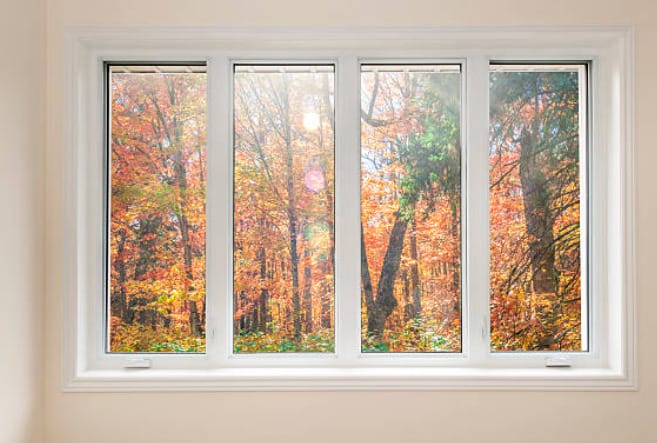
“Window falls”. Sounds like something out of a suspense thriller. But unfortunately, it’s a very real danger lurking in our homes.
Window guard installation could lead to a 50% reduction in falls and a 35% reduction in deaths. What a sweeping difference that could make in our lives!
Let’s talk a little more about window treatments. They’re not just for beautifying our homes; they are also crucial in securing the safety of our little ones and pets.
Over the years, national standards have been elevated to ensure all new window treatments adhere to safety regulations, particularly lift cords or blinds.
9. Furniture and TV Tip-Overs

Preventing accidents related to furniture or TV tip-overs, which might seem unlikely, is crucial. The CPSC estimates that about 22,500 ER visits yearly are for injuries related to such incidents.
Moreover, this isn’t a hazard solely for young children. Adults contribute to over half of those unfortunate ER trips.
Believe it or not, since 2000, a shocking 581 people have been killed due to furniture tip-overs. Let’s not forget that no furniture is immune from tipping – even those expensive and seemingly robust dressers can cause mishaps.
Are you curious to know how often these incidents occur? According to the American campaign ‘Anchor It,’ around every 30 minutes, a kid gets injured due to a tip-over accident.
10. Electrical Shocks

Every year, over half of accidental domestic fires in the UK are caused by electricity. It’s a startling statistic that reveals the often underappreciated danger that lurks in our homes.
It raises the question: how often have you left your house, wondering whether you’ve turned off all your appliances? I’ll tell you this: to minimize the risks, always turn off heated tools, unplug them, and preferably store them in a heatproof case.
Electrical hazards can also come from unexpected appliances. Faulty refrigerators, shattering glass shower doors, or electric heaters setting your drapes ablaze are not just horror movie plots. They’re real possibilities. Staying aware of these potential issues and taking preventive measures can keep you and your loved ones safe.
Remember, electricity is an integral part of our daily lives and a hidden danger. We can avoid these unforeseen threats by understanding the risks and taking necessary steps.
11. Poor Indoor Air Quality
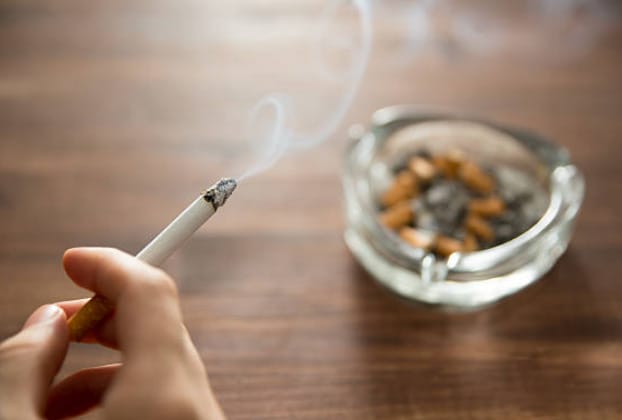
Regarding health risks in our homes, we deal with hazards lurking in unseen corners and shadows. Indoor air quality is no exception in this context, and it’s time to shed light on this stowaway health threat.
Let’s zoom in on airborne particles from radon and tobacco smoke to gas-burning appliances. These invisible threats magnetize onto our skin and make a covert entry through breathing into our lungs.
Now, that’s one sneaky adversary. However, we aren’t defenseless. A quality air purifier swoops in to save the day, circulating the room’s air and trapping these harmful particles.
Emergency Preparedness: Essential Actions for Home Safety
Emergencies strike without warning, making preparedness your best defense. From fires to carbon monoxide leaks, knowing what to do is crucial for the safety of everyone in your home.
Fire Emergency Plan
- Evacuation Routes: Map out multiple escape routes from each room. Practice these routes with your family, ensuring even the youngest members understand.
- Designate a Meeting Spot: Choose a safe, easily accessible location outside your home where everyone will meet after evacuating.
- Smoke Alarms: Regularly test your smoke alarms and replace batteries as needed. Remember, a working smoke alarm can be a lifesaver.
- Fire Extinguishers: Keep fire extinguishers in key areas, especially the kitchen, and ensure everyone knows how to use them.
Carbon Monoxide (CO) Emergency Plan
- CO Detectors: Install carbon monoxide detectors on every floor, especially near bedrooms. Test them regularly.
- Recognize the Symptoms: Educate your family about the symptoms of CO poisoning – dizziness, headaches, nausea, and confusion.
- Immediate Action: If the CO alarm sounds, don’t ignore it. Evacuate immediately and call emergency services from a safe location.
General Emergency Tips
- Emergency Kit: Keep an emergency kit with essentials like water, non-perishable food, a flashlight, a first aid kit, and important documents.
- Stay Informed: Have a battery-powered or hand-crank radio to stay updated if the power goes out.
- Regular Drills: Conduct regular emergency drills. This helps everyone remember the plan under stress.
Post-Emergency Protocol
- Safety Inspection: After any emergency, especially fires or gas leaks, have professionals inspect your home before re-entering.
- Debrief and Update: Discuss what went well and what could be improved in your emergency plan. Regularly update the plan as needed.
By establishing and practicing a comprehensive emergency preparedness plan, you’re equipping yourself and your loved ones with the knowledge and tools to handle unforeseen hazards effectively.
References
Organizations:
- Centers for Disease Control and Prevention (CDC). https://cdc.gov/co/default.htm
- U.S. Fire Administration. https://www.usfa.fema.gov/index.html
- U.S. Environmental Protection Agency (EPA). https://www.epa.gov/mold
Books:
- “The Homeowner’s Guide to Mold” by Michael Pugliese. https://www.barnesandnoble.com/w/homeowners-guide-to-mold-michael-a-pugliese/1101811588
Website Resources:
- Campaign for Safe Cosmetics. https://www.safecosmetics.org/
- EWG’s Guide to Healthy Cleaning. https://www.ewg.org/guides/cleaners/
- RoSPA Home Safety. https://www.rospa.com/policy/home-safety/advice/general
